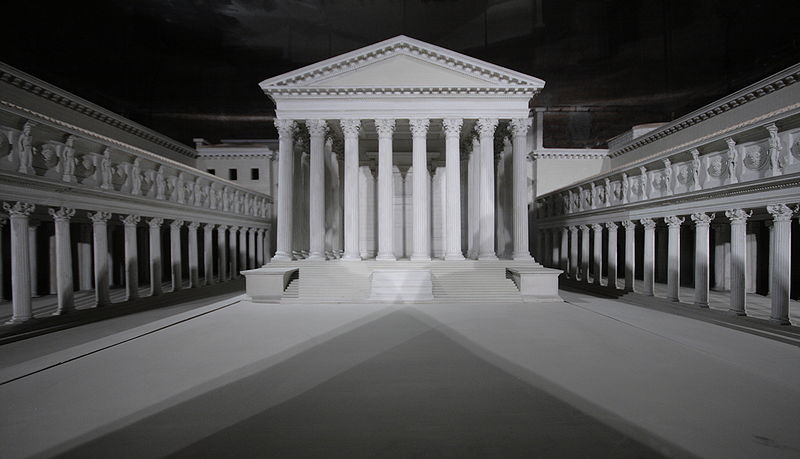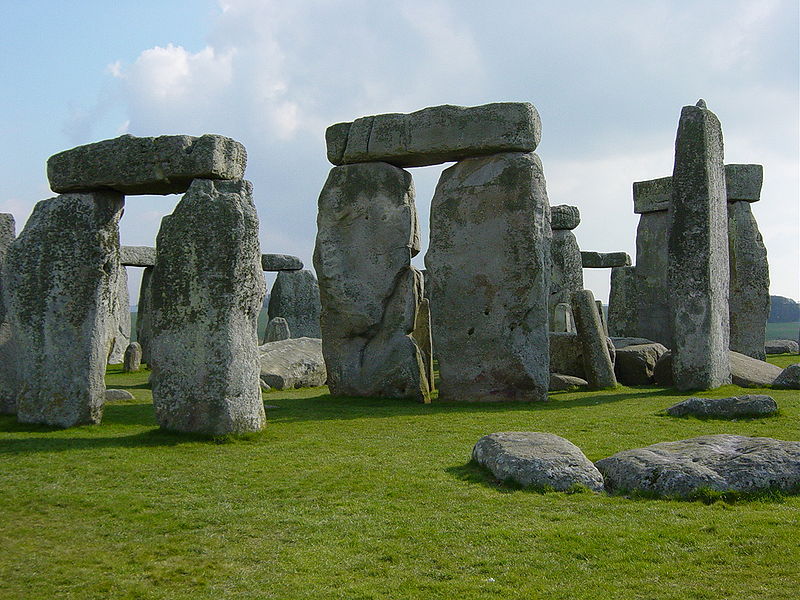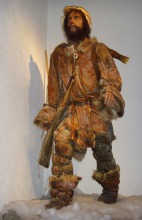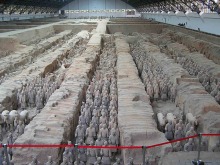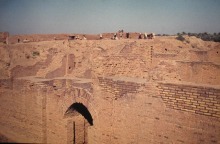When looking at our current political and social landscape in the U.S., it’s easy to think that the inequalities within our system are a unique injustice. However, inequalities inherent with social systems have always been present. Ancient Egypt, Greece, and Rome were overrun with more slaves than citizens.
The Holy Roman Church dominated Medieval Europe at the expense of their adherents, while “nobility” grew rich off the backs of their serfs. Even colonial America was largely run by rich landowners who, when levied with taxes by the British, whipped the poor into a frenzy to go fight a revolution. However, it’s not known just how far back these kinds of systemic inequities have been present in human civilization. A recent feature in Wired attempts to answer that question.
The Agricultural Revolution, dated back some 11,000 years, are commonly thought by anthropologists to be the beginning of systematic social hierarchies (and thus the beginning of inequalities in those hierarchies). As people learned to grow and harvest food, they had to stay in one place, creating condensed populations that required “managing.”
It was with this advent, the true beginning of human civilization, that a few people consolidated power over larger numbers of others around the accessibility and control of the food supply. This is substantiated by the unearthing of graves from this time, where small numbers of people were buried with larger numbers of “grave goods” (pottery, weapons, furs, etc.) than the rest. However, there was little to show that heredity or inheritance were defined.
